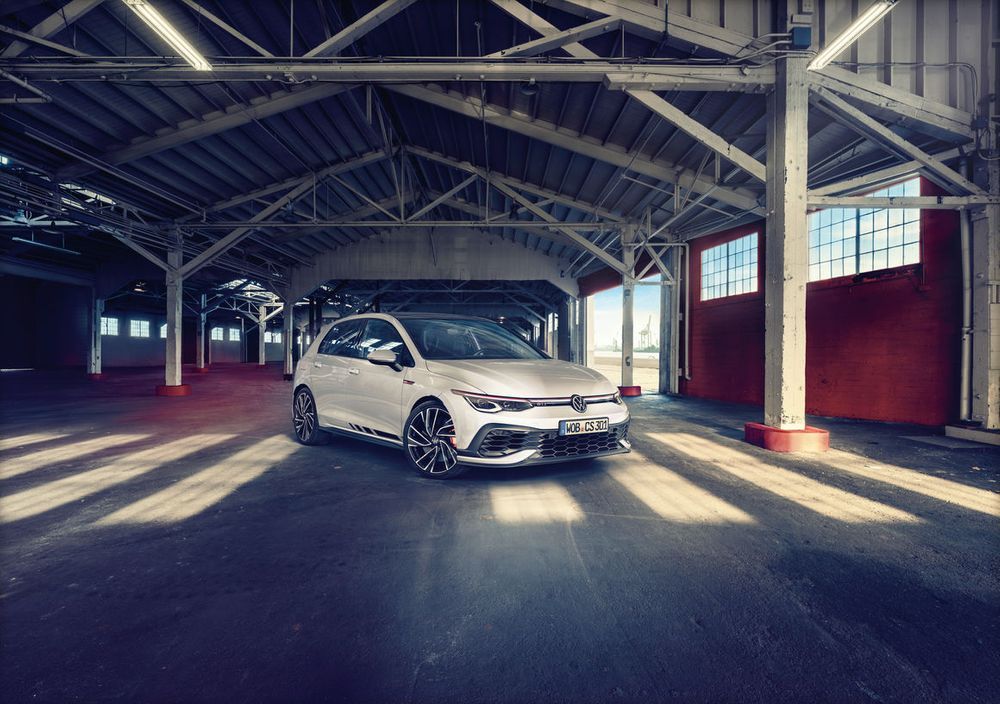
A whole new chapter of manufacturers being obsessed with the Nürburgring has just commenced: the Volkswagen Golf GTI Clubsport comes equipped with a special driving mode for the most legendary of tracks, located in the Eiffel region in Germany. It's called the 'Nürburgring Mode' but it might not be as stupid as it sounds.
The meaning of 'Clubsport'
But first, let us take a look into the Volkswagen Golf GTI Clubsport compared to the regular 8th gen Volskwagen Golf GTI. For starters, the turbocharged four cylinder 2.0 EA888 evo4 engine power is up from 245 horesepower (180 kW) to 300 horsepower (221 kW). It now sports 400 Nm of torque, opposed to 370 Nm for the regular GTI. As standard, the Clubsport comes with a 7-speed DSG gearbox. It all results in slightly higher straightline performance, cutting down the 0-100 to below six seconds. The 250 km/h topspeed will also be reached a bit faster. But that's not where the real difference is made with the Clubsport version.
What does make a huge difference is the lowered chassis (-10 mm), while also adding a electromechanical XDS limited slip differential on the front axle, which is completely integrated with the Vehicle Dynamics Manager network of the Volkswagen Golf GTI Clubsport.
“Networking all driving dynamics systems means that the new Golf GTI Clubsport handles even more neutrally and precisely than the classic Golf GTI. For the legendary Nordschleife track, we have also programmed a new Nürburgring profile, which specifically adapts the running gear components in the new Golf GTI Clubsport to this race track.”
-Karsten Schebsdat, Head of Driving Dynamics, Steering and Control Systems at Volkswagen

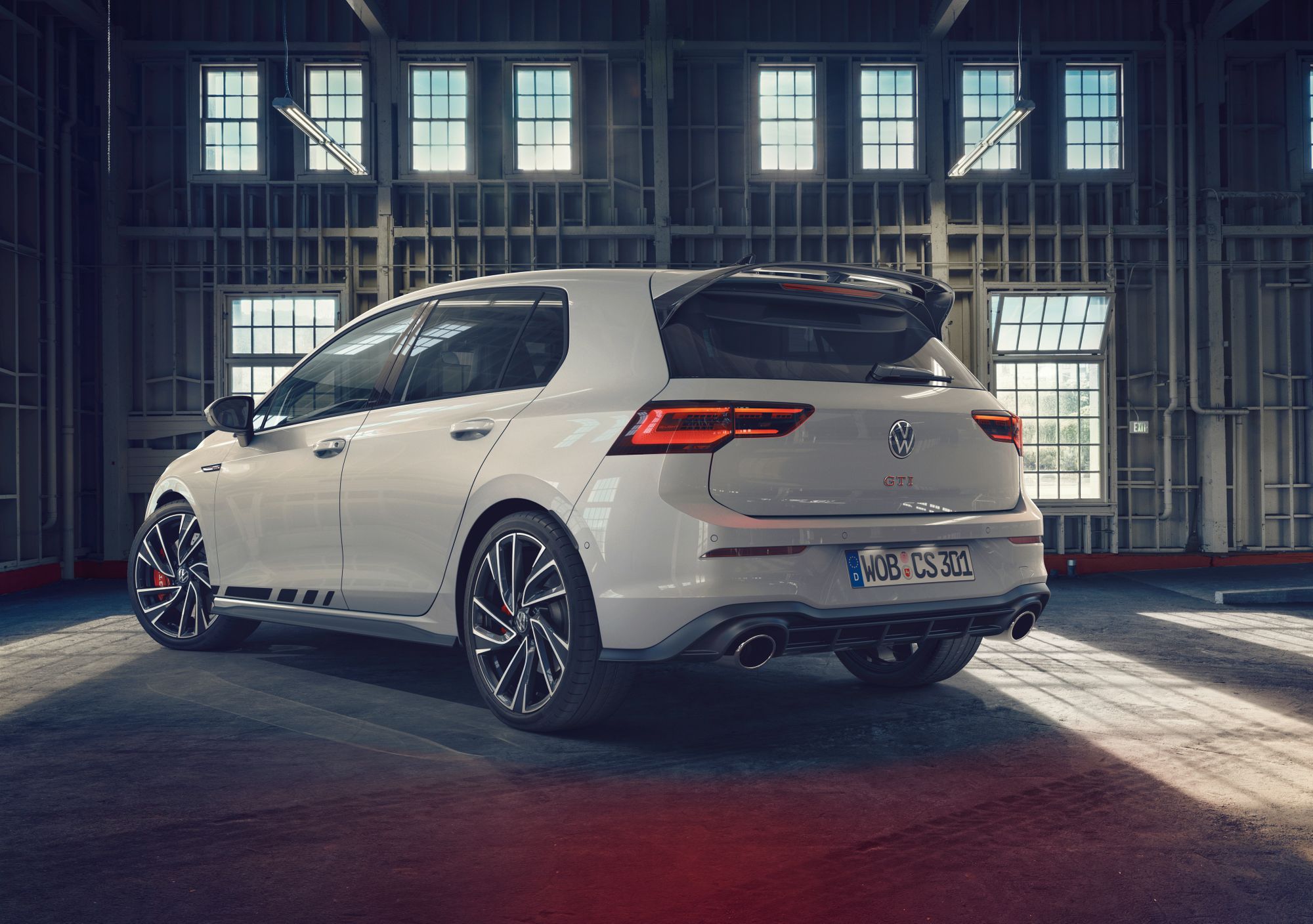
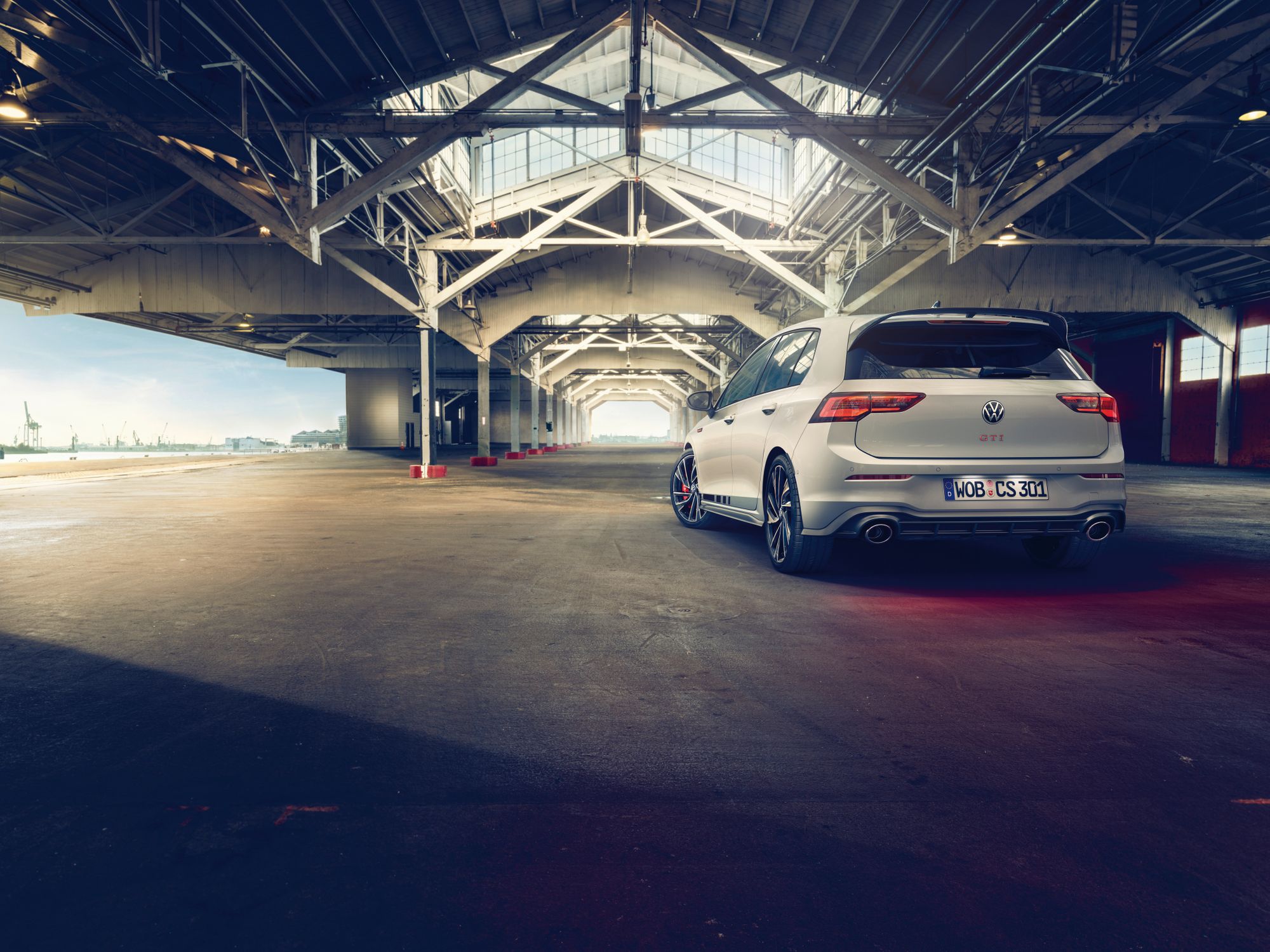
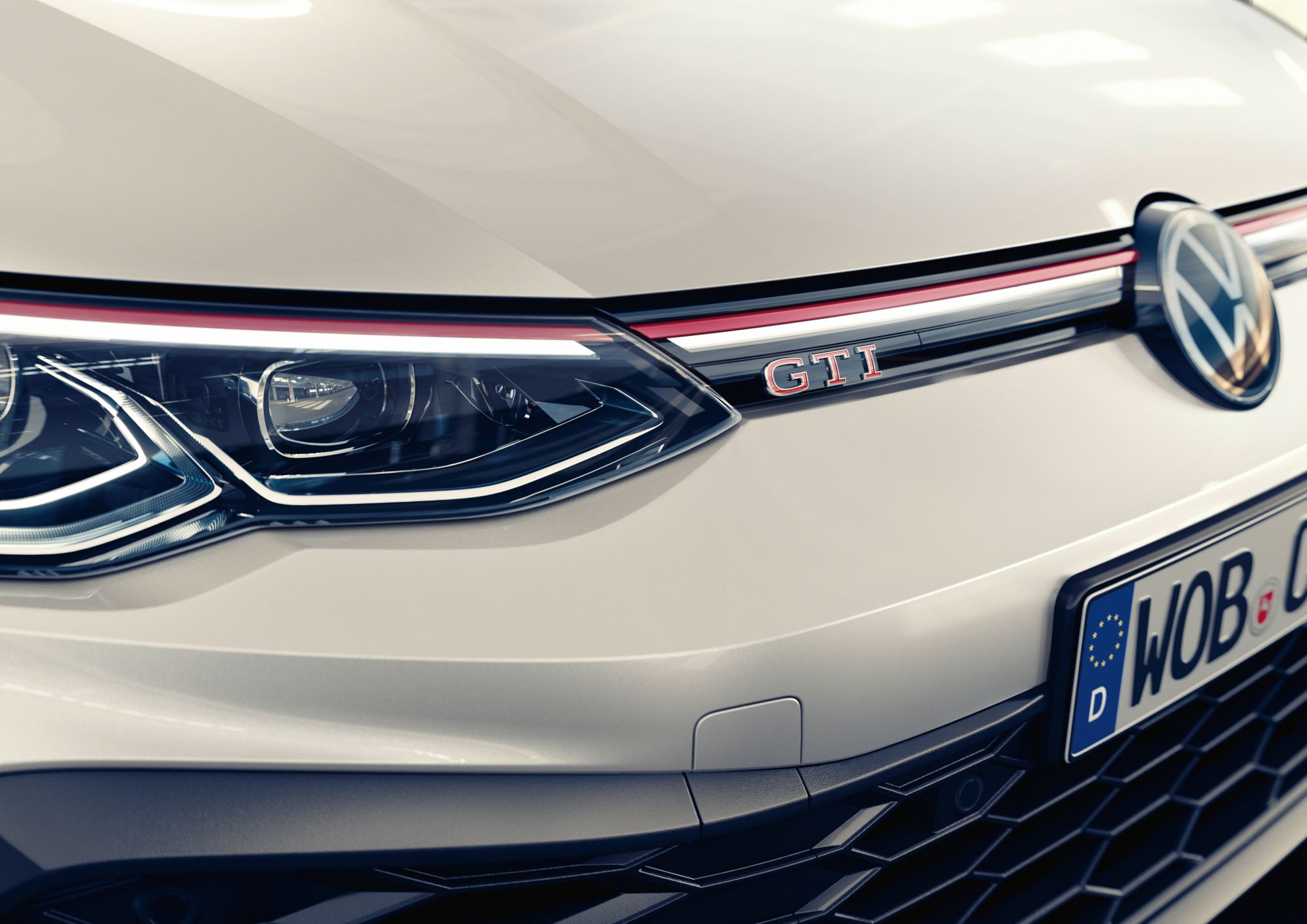
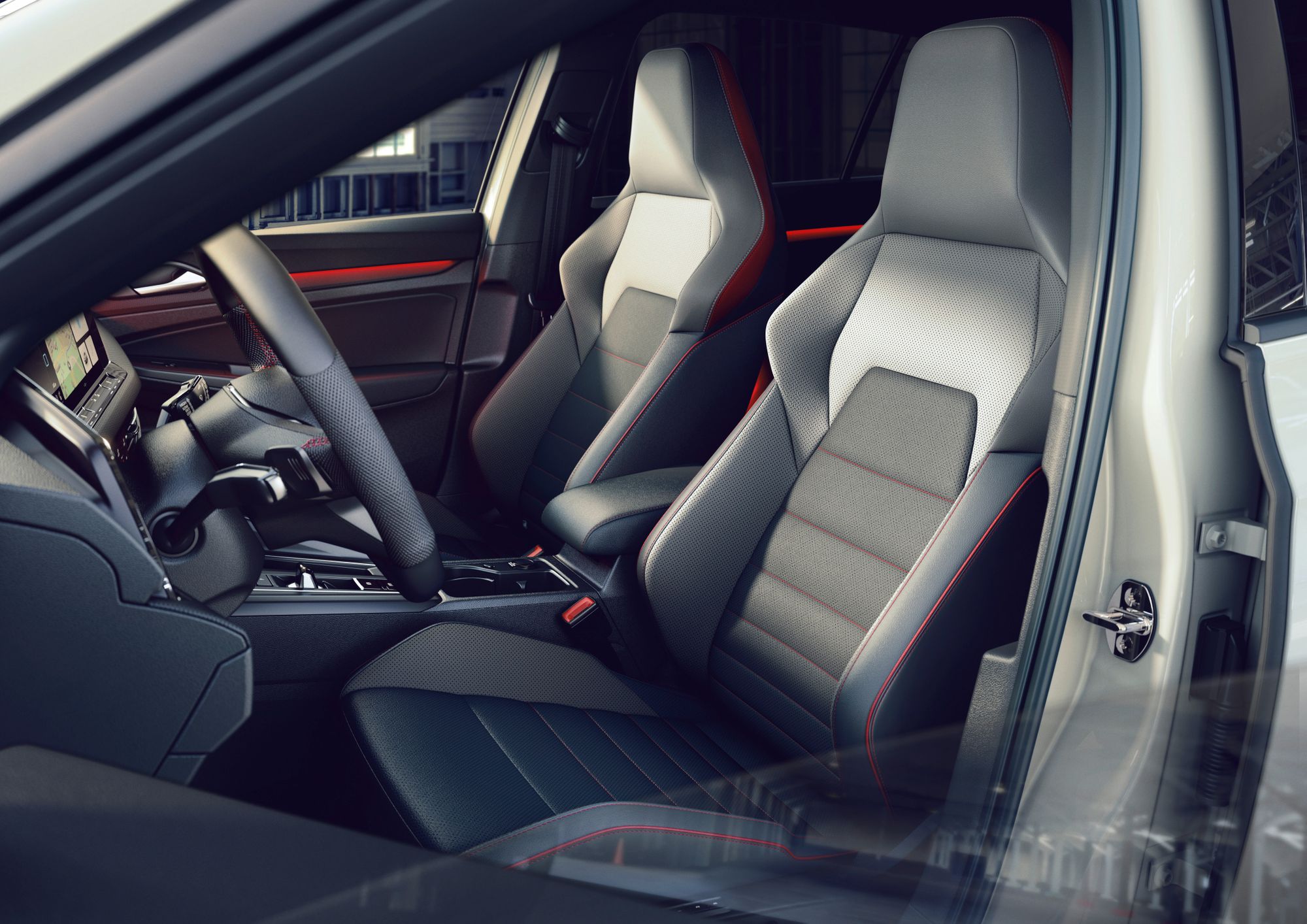
Agressive looks
The all new Volkswagen Golf GTI Clubsport sports some agressive looks, starting with an agressive looking front end. It's almost as if Volkswagen cut away all bodywork to provide enough room for air getting into the nose. Widened side sills bring us to a diffuser at the rear, where we also find a two part roof spoiler. All the aero-stuff is functional too, claims Volkswagen. The sports exhaust is decorated with oval pipes for the first time on a Golf GTI.

All of this sounds cool on paper, but isn't really surprising. It's what every manufacturer does to their sportier sporty cars. No, bragging rights will go to the last feature we are going to talk about: the special 'Nürburgring Mode' of the Volkswagen Golf GTI Clubsport.
The genius that is the Nürburgring Mode
It seems a bit over the top: a special mode for one specific track on a car that's being sold worldwide. But then again, as all petrolheads know: the Nürburgring is the most demanding and most challenging track in the world. A great variety in corners, height and pavement makes it the most popular track in the world. Not only with petrolheads, but also with manufacturers. A car that performs well here whilst being driving on its limit, performs well almost everywhere else.
So the Nürburgring Mode might point to a very specific location, but it's good for a lot of other places as well. Where every other car in the world has driving modes varying from 'comfort' to 'sport++ hardcore track record platinum', the Nürburgring mode blends a few things. Yes, the car will respond more agressive to inputs from the driver. There's a quicker reaction to the pedals, the steering gets more weight to it, all this is very much what you'd expect with any other car being put in a more agressive driving mode.
But there's one difference: it will not stiffen, but soften the ride. This might seem contradictory to a sportsmode, or to a mode that bears the name of the most brutal circuit in the world, but it's actually something that you want. Let us explain why.
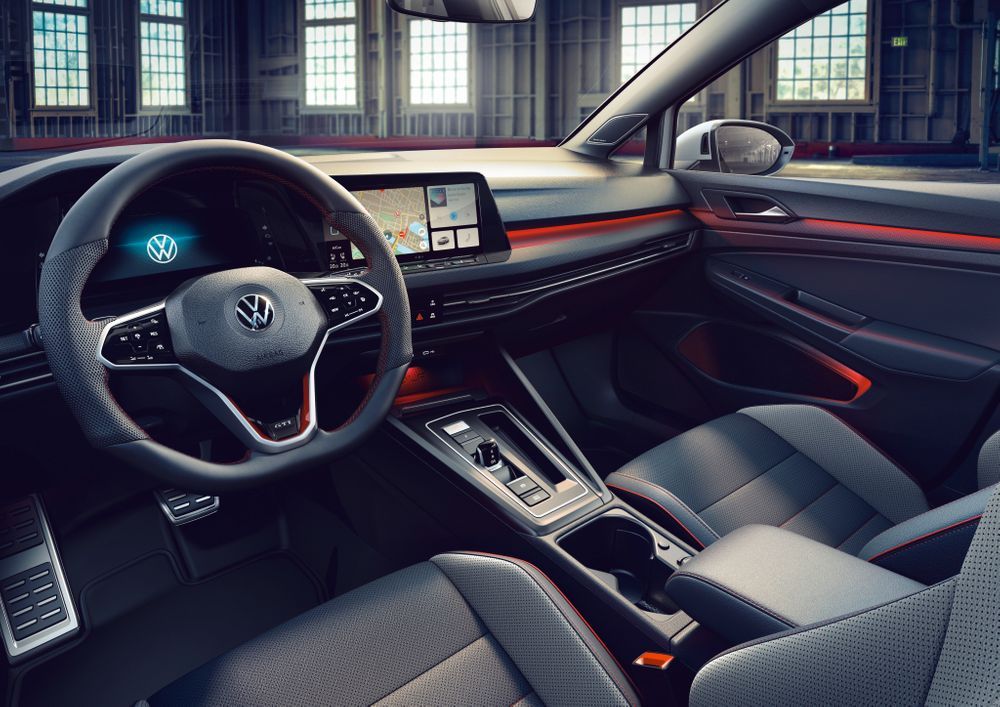
The difference between the race track and the road
When driving spirited on a racetrack, you want all the things we mentioned above. You want the car to react to your inputs as quickly as possible and you want as much feedback as possible. Most racetracks have very smooth surfaces as well, so you want as little travel in the suspension as possible. That is what most performance cars give you when you select a more agressive driving mode. But when the surface gets less refined, more bumpy and maybe even contains small jumps or massive potholes, you don't want a rock-hard suspension. Your car will start bouncing around too much and you will lose contact with the surface, making it harder to go fast. In this situation, you want a slightly softer ride that keeps the wheels on the ground.
Some cars have an individual mode among their driving modes. It means you can select the level of comfort or agressiveness for each part of the car. Often, I found myself browsing through these modes on press launches, when available. Often these launches were held in the south of Europe or in the Alps, where the roads are twisty but also quite often are bumpy and full of potholes. If I was lucky, I could set the car up to respond quickly to driver inputs, but put the damping in a softer mode like neutral or sport. Depending on the car, this could be relatively easy or quite complicated. More often though, it wouldn't even be possible.
And that's exactly the pre-defined setting Volkswagen has introduced now. Forget the marketing-infused 'Nürburgring' name: it's B-road mode. It's the 'full beans but keeping the wheels on the ground' mode. It's the exact setting you need when flinging your car through the countryside or mountainroads. Volkswagen is introducing a driving mode perfect for those situations, it just has a name that was invented by the marketing department. It's ok Volkswagen, we forgive you for that minor detail. Now give us the keys!